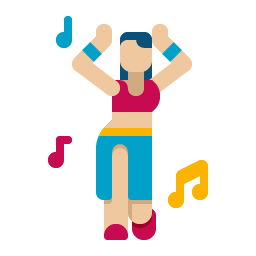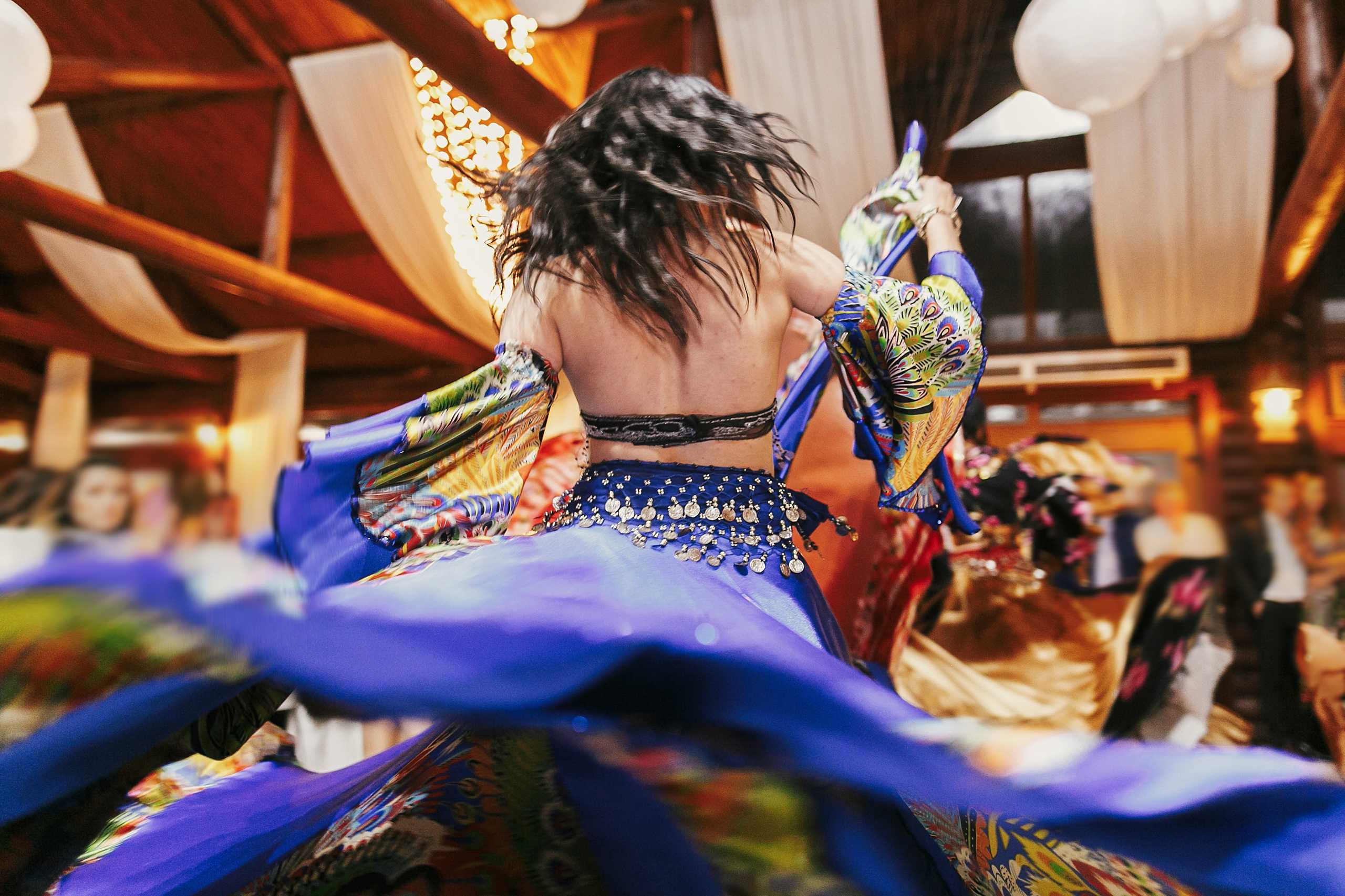When the Body Speaks — Finding Your Inner Voice Through Dance
There are moments in life when words fail.
You sit with a feeling too big for language — a joy that cannot be described, a sadness you’ve carried too long, a quiet ache you didn’t even notice until now.
In those moments, your body remembers.
And it begins to speak.
The Forgotten Voice of the Feminine Body
In many cultures, especially those influenced by centuries of control, shame, and suppression, the female body has often been told to stay silent. To behave. To take up less space.
We learn early to cover up, shrink down, sit still, and “be good.” The result? Disconnection. From our instincts. From our physical presence. From our wild, intuitive selves.
Eastern dance challenges all of that — gently, but firmly. It invites the body to reclaim space, sensuality, power, and softness without explanation. It gives the feminine body back its voice — not in words, but in movement.
Listening to the Body’s Language
Before the hips move, before the arms unfold, before the spine sways — there is silence. A pause.
And in that pause lives awareness.
This dance is not about copying steps. It’s about listening. What does your belly feel today? What part of you resists motion? What movement wants to happen if you just stop pushing?
The body speaks not in logic, but in rhythm, in breath, in sensation. The practice of Oriental dance teaches you how to hear it again — not through performance, but presence.
Movement as a Mirror
When you begin to dance regularly, you start to notice patterns — not just in choreography, but in yourself.
Maybe your shoulders always feel tight. Maybe your chest rarely opens.
Maybe you avoid fluid motion because stillness makes you nervous.
In the mirror, you don’t just see your body — you see your story.
How you carry emotion. Where you hide. Where you shine.
This awareness isn’t always comfortable. But it is liberating. Because once you recognize these patterns, you can begin to shift them — gently, without judgment. You begin to dance not as an act of control, but of freedom.
Returning to Embodied Confidence
So much of modern life is lived from the neck up — in screens, in thoughts, in constant doing. The body becomes an afterthought. A burden. A thing to fix.
But in Oriental dance, the body becomes home. It becomes the center of power and softness. You no longer move to impress. You move to express. Not for applause — but for yourself.
And that expression builds something real: embodied confidence.
Not the kind you fake in photos or practice in the mirror, but the kind that radiates from your bones — relaxed, rooted, unmistakable.
A Voice You Didn’t Know You Had
The more you dance, the more something begins to open. A flow. A rhythm. A quiet clarity.
Suddenly, you find yourself speaking more truthfully in life. Setting clearer boundaries. Laughing louder. Standing taller.
And people notice — not because you’ve changed, but because you’ve finally arrived.
This is what it means to find your inner voice through dance:
Not a louder version of who you think you should be, but a deeper version of who you already are.
Final Thoughts: The Body Was Never Silent — We Just Stopped Listening
You don’t need to be eloquent. You don’t need to have the perfect moves.
You just need to trust your body again.
Because beneath the noise, beneath the tension, beneath everything the world asked you to hold — your body has always known what to say.
All you have to do…
is dance.

